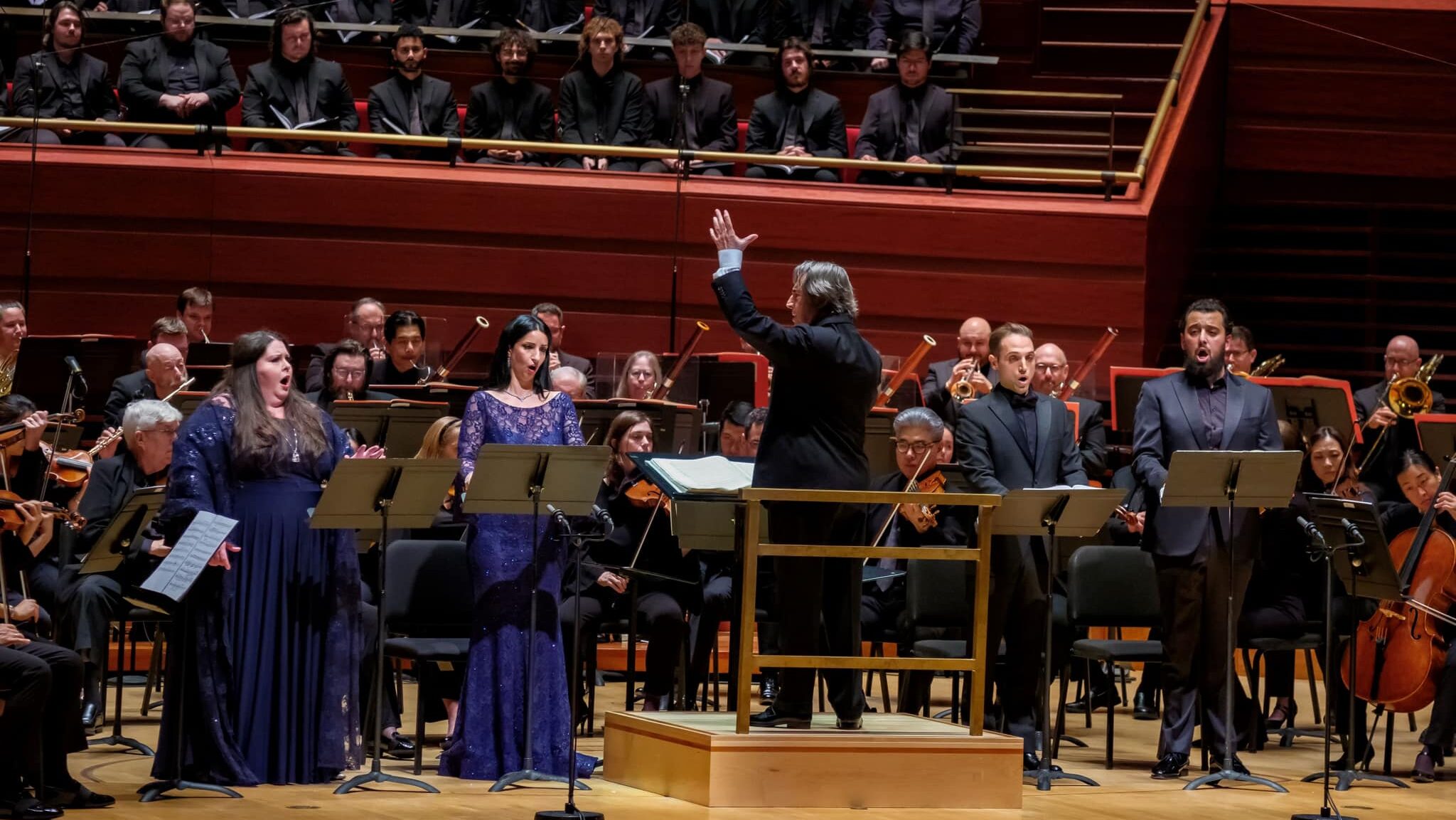

Cameron Kelsall: Indeed—and Coriolanus is the kind of minor Shakespeare that requires a strong directorial vision, along with incredibly skilled and specific acting, to really work. Here, we get both. Director Josie Rourke updates the action to a vague present, which allows a story set in ancient Rome—and about, of all things, the price of grain—to benefit from contemporary antecedents of political unrest and state violence. (Even though this production is nearly a decade old, it’s particularly resonant given the current state of affairs throughout the world.) It’s powerful and memorable, sleekly designed (sets and costumes by Lucy Osborne, lighting by Mark Henderson), streamlined and remarkably coherent, given the thorniness of the text itself. And the cast, headed by Tom Hiddleston as Caius Martius, is uniformly fantastic, and on the same page in terms of style.
DF: Rourke is certainly not the first director to introduce this kind of high-octane muscularity to Shakespeare, particular in the plays that deal with war and political conflict; nor is the notion of blending historical periods alongside a kind of fantastical design look that could seem almost futuristic. But I’ve rarely seen it work as well as it does here. The initial vibe quite thrillingly recalls Road Warrior; it grabs the audience from the start in a way that continues, even though the talkiest stretches of Coriolanus, of which there are—it must be said—many. I think this particular production may have been a benchmark. One of our local companies in Philadelphia did the play a few years after this, and (though most of the concept was very different), it too benefitted from a similar gritty, macho energy. I wrote about that version that it would be a marvelous introduction to Shakespeare for younger audiences—that’s even truer here.
CK: Hiddleston would certainly act as a draw for younger viewers here, given his affiliation with the Avengers franchise. I confess I’ve never seen any part of it. But I remembered him positively from Terence Davies’ excellent film adaptation of The Deep Blue Sea—and more recently, from a West End production of Betrayal that moved to Broadway last fall. I loathe that play, and much of Pinter’s writing after The Homecoming, and particularly thought the character of Robert was unplayable until Hiddleston, who was overwhelmingly sympathetic and moving. After that, I would see him in anything. He manages to balance the many layers of Coriolanus, from his military strength and hot temper, to his strangely overpowering sense of personal dignity, which is ultimately his tragic flaw. You couldn’t ask for a better anchor in understanding the character’s motivations.
DF: Agreed. The key to Coriolanus, I think—and also the source of renewed interest in the play in recent years—is the enigmatic nature of the character. His hubris is clear, but so is his charisma… and in terms of actual politics, he could be seen as an analogue to pretty much any point on the spectrum. (Sidebar: Volumnia as a kind of Roman Rose Kennedy would be fun!) To me, Hiddleston is our contemporary Olivier. He’s more aristocratically handsome and elegant than, say, Kenneth Branagh, and Hiddleston also has—as one wants in Shakespeare—a distinctive and mellifluous voice, with immaculate diction. But there’s a welcome directness and simplicity to his acting. The tools don’t call attention to themselves—they serve the storytelling. Here, he does the smartest thing he can do, which is to leave Coriolanus as an enigma. (Plus we get to see him take a shower on stage: that’s a win-win.)
CK: If we’re going to mention actors who are equally handsome and accomplished, we must also acknowledge Hadley Fraser as Aufidius, leader of Volscians. Someone from the U.K. could probably speak to this with more specificity than myself, but it was interesting that Rourke seemed to conceptualize the Volscians as country folk, with thick regional accents and brusque manners. It definitely works, and Fraser is a strong, hearty foil to Hiddleston’s patrician bearing. (Also no slouch in the looks department: the wonderful Alfred Enoch as Titus Lartius.)
DF: Yes to all that. Really, in terms of sex appeal, no Hollywood blockbuster cast has anything on this group. And it isn’t only the males. Birgitte Hjort Sørensen is stunningly beautiful as well as emotionally translucent as Virgilia. (She was similarly riveting on Broadway in Les Liaisons Dangereuses—how is she not a star?) She’s wonderfully complemented here by the great Deborah Findlay, who has granite-like strength as Volumnia, but also a level of vulnerability we don’t always get. I also enjoyed Mark Gatiss, a favorite from Doctor Who and Game of Thrones, whose upper-crusty, foppish Menenius contributes a few welcome moments of lightness amidst the blood and gloom.
CK: Volumnia’s ability to exert influence over Coriolanus made sense here in the interplay between Findlay and Hiddleston, in a way that it rarely does. It helps that Findlay is equally adept at bawdy humor and noble bearing. I’ve often seen the character played either as beatific or nakedly ruthless. This is a case, though, where every role is cast from strength. (The production utilizes a small ensemble of 13.)
DF: Your comment on the size of the ensemble brings me back to my first point—the major advantage of immediacy that you get in a theater the size of Donmar. The largest of the National’s three theaters—the Olivier—with its massive stage and 1,000-plus capacity, has some obvious pluses for a play about war. But what’s so wonderful here—and it really translates to the film—is the human scale of this play. But don’t take our word for it/ You can still watch it, free of charge, on YouTube through June 11.
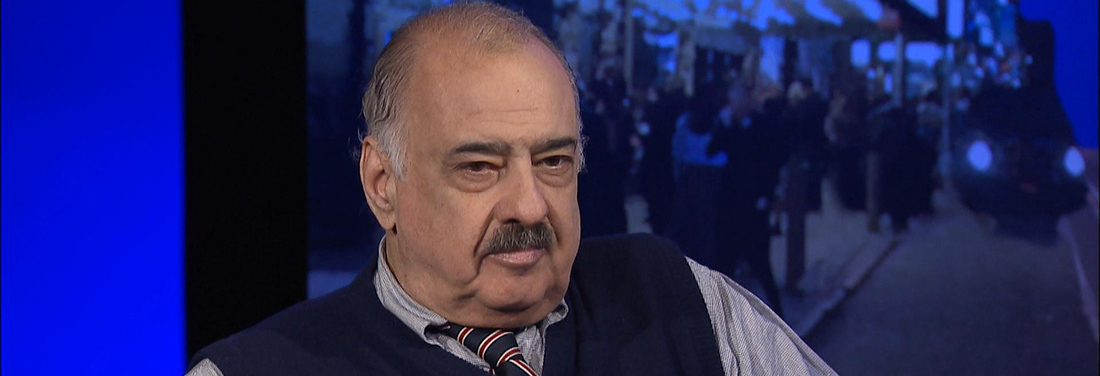
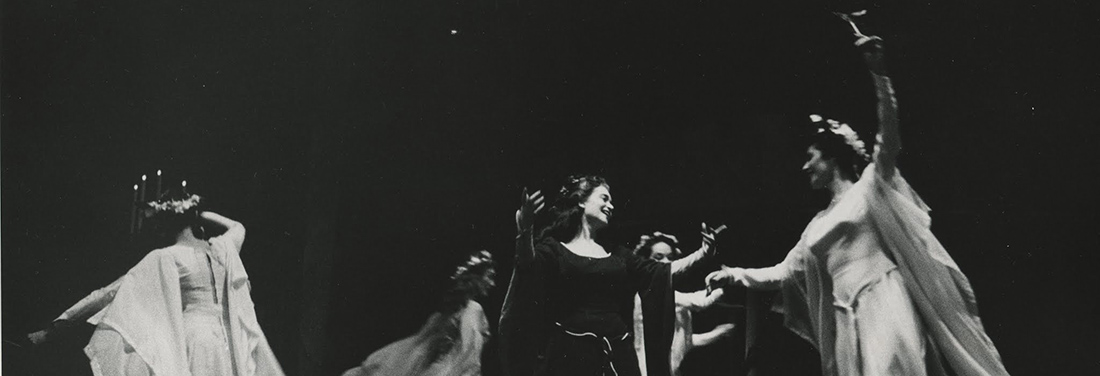
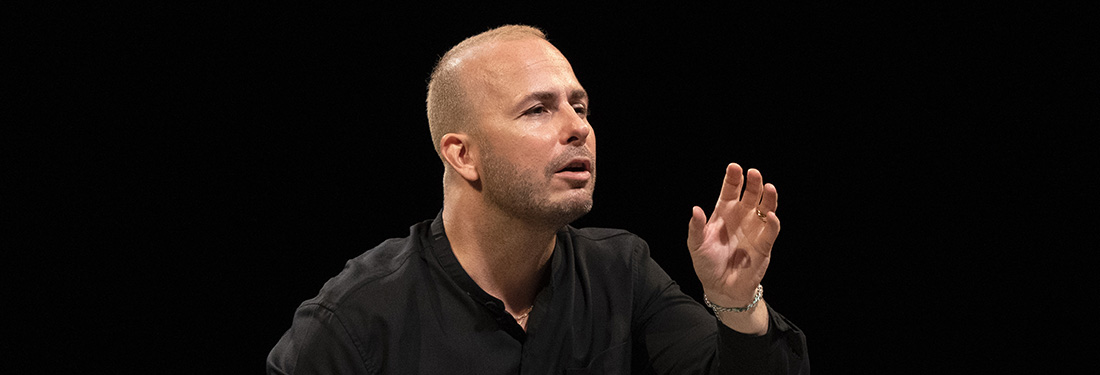
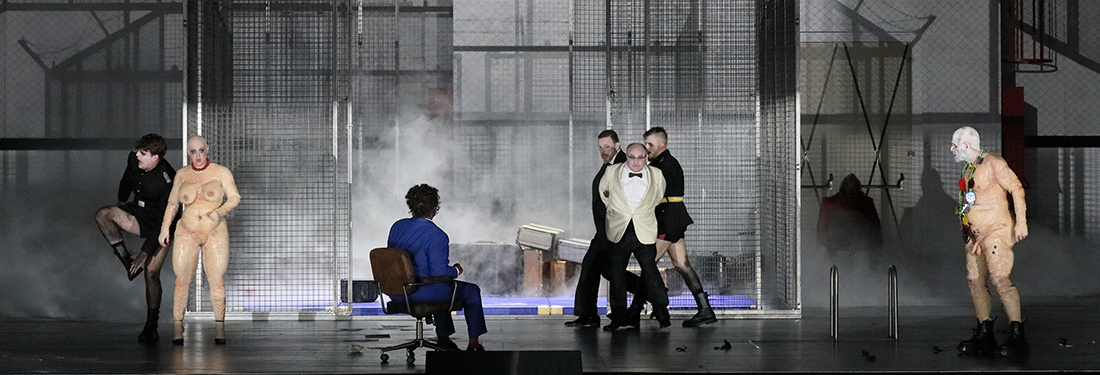

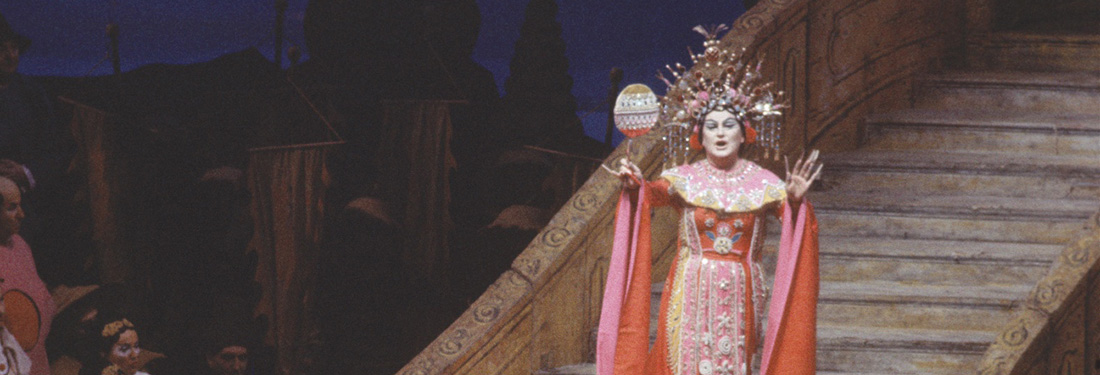

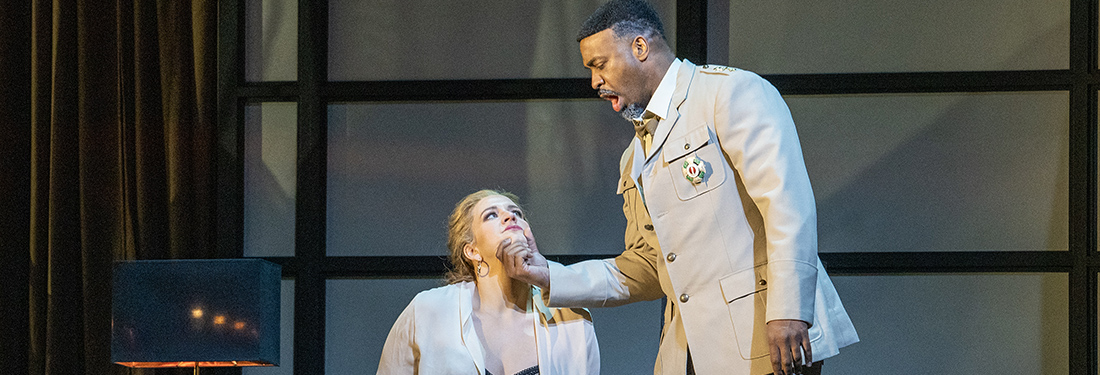

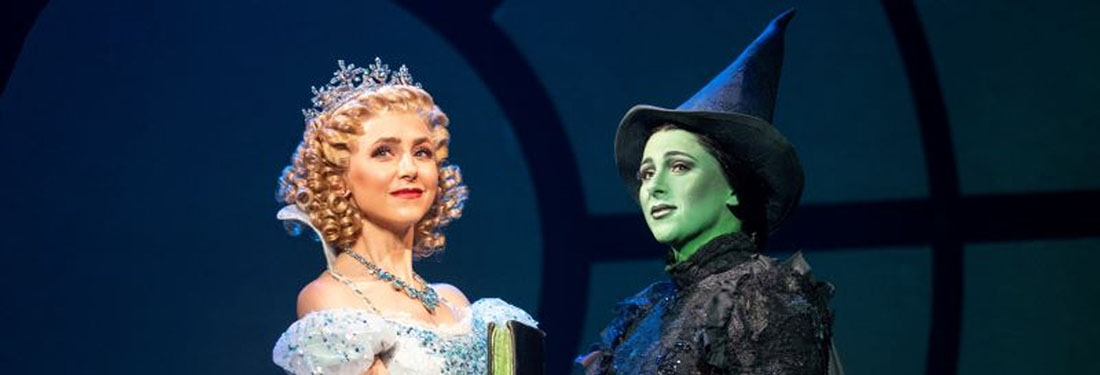
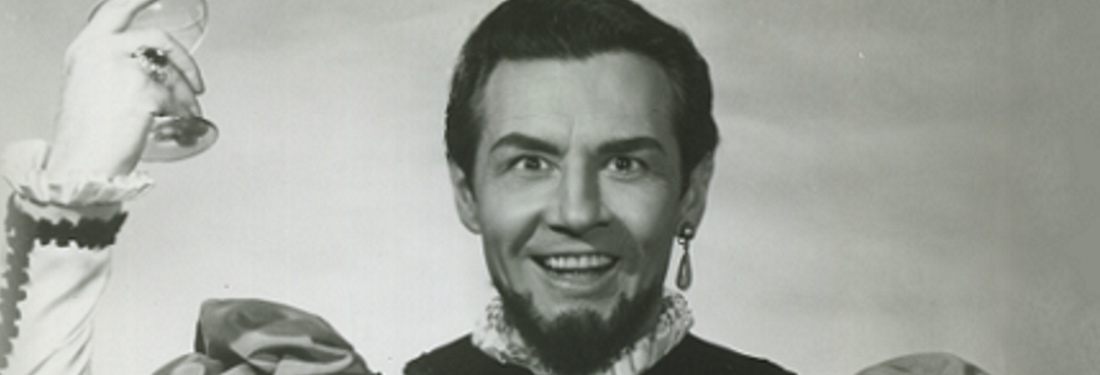

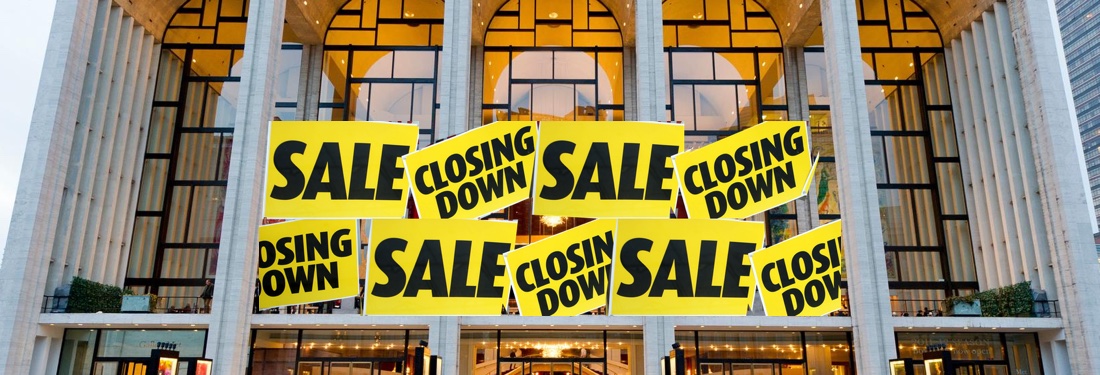
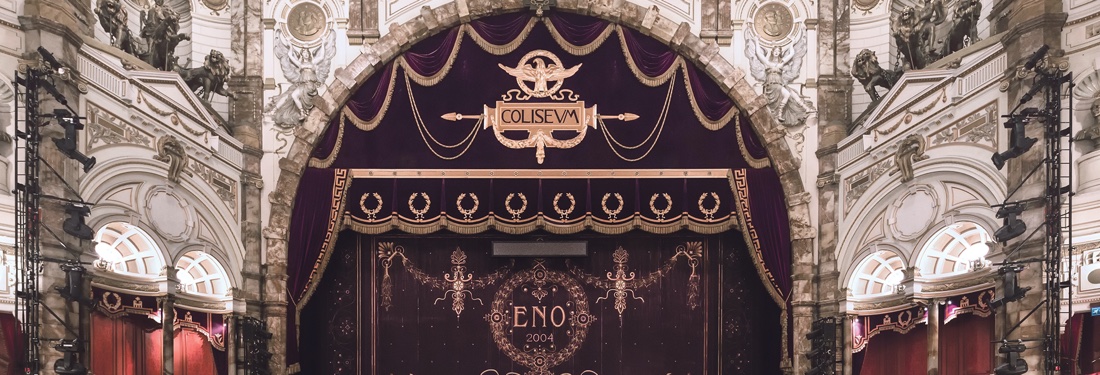






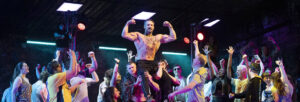
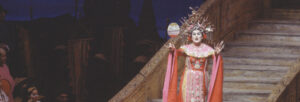



Comments